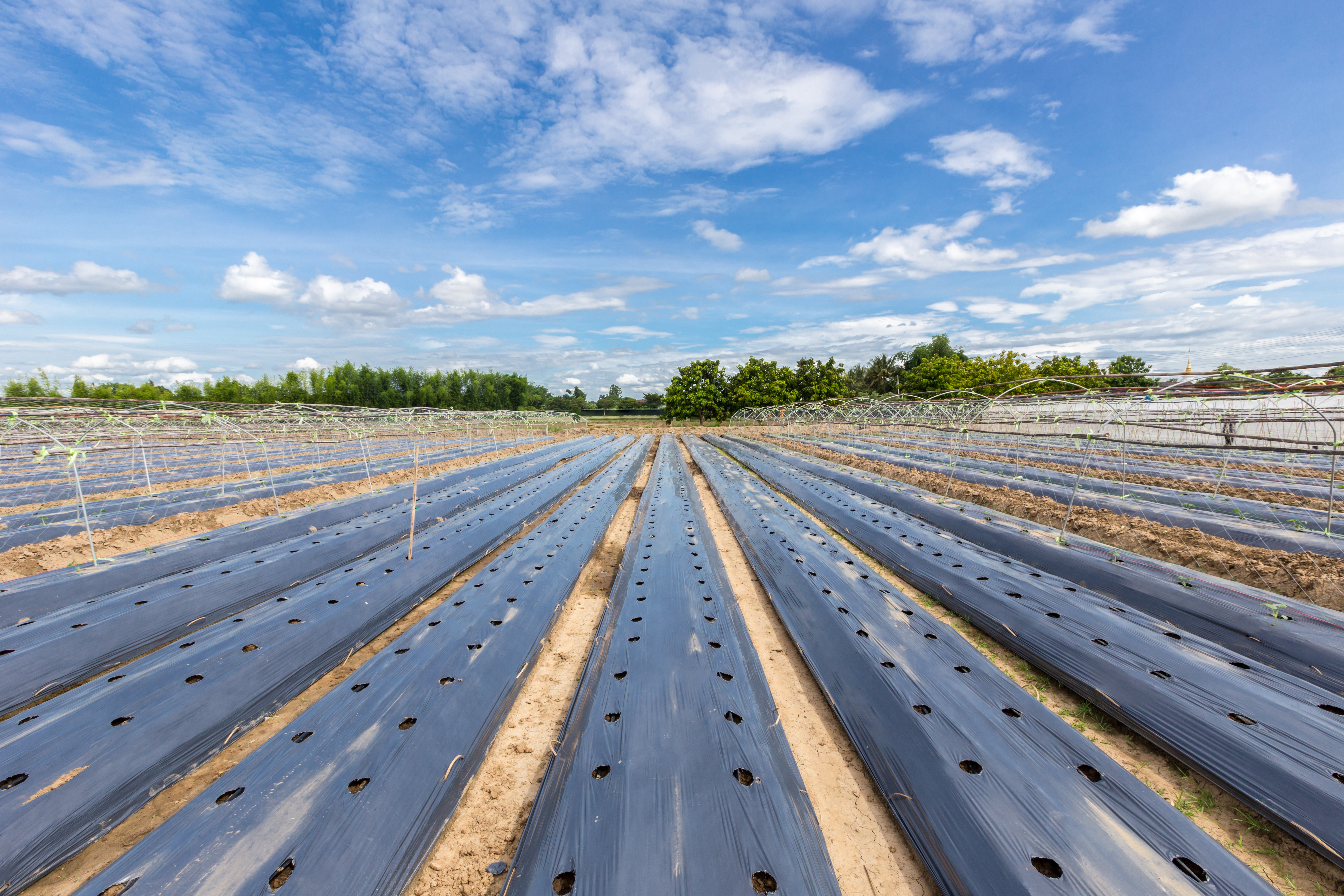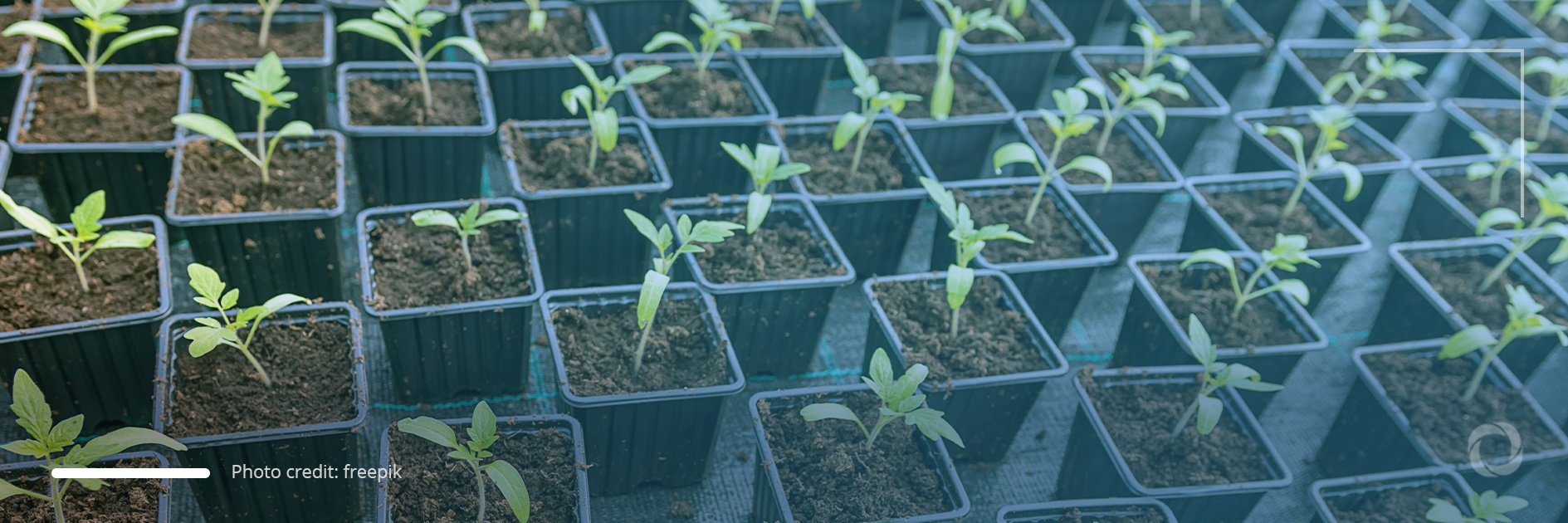The increased use of plastic products by farmers, without these being further recycled and with no adequate waste management systems in place, damages the environment and threatens human health, according to a report by the United Nations Food and Agriculture Organization.
Despite the benefits of plastic in achieving higher outputs in crops, cattle and fish production, most of it is buried, burned or abandoned after use. Considering its single-use character and the growing demand for it but the lack of systematic collection and sustainable management, plastics are expected to accumulate in soil and aquatic environments.
In 2019, farmers used 12.5 million tons of plastic in crop and animal production combined with over 37 million tons in food packaging. However, the data does not include the plastic products used in storage, processing and distribution of food.
The report forecasts that, within the agricultural plastic industry, the global demand for greenhouse, mulching and silage films will increase by 50% to 9.5 million tons in 2030, from 6.1 million tons in 2018. Crop and cattle production are the largest users, together accounting for 10 million tons per year, whereas fisheries and aquaculture use 2.1 million tons and forestry 0.2 million tons per year.
Farmers use plastic for mulching, irrigation and protection from bad weather. Since the middle of the last century, practices such as drip-irrigation, film-covered greenhouses, anti-hail and anti-rain nets for orchards as well as tree protection have significantly increased and guaranteed yields and optimized water consumption. Currently, these practices are promoted across developing countries in the efforts by international donors to achieve higher value agricultural activity.

However, without sustainable waste management in place, the mulching film ends up in the soil and the irrigation lines are burned after use while the film used to cover greenhouses is deposited in landfills.
Degrading into microplastics, most agricultural products can transfer and accumulate into food chains thus threatening food security, food safety and potentially human health, the report concludes.
The authors suggest that the microplastics derived from agricultural plastic products have the potential to transfer along trophic levels with the possibility of affecting human health.
“As microplastics have been shown to both adsorb and concentrate persistent organic pollutants and harbor colonies of pathogenic microorganisms, it is likely that they present, as yet unquantified, risks to human health,” the report concludes.
“The report serves as a loud call to coordinate decisive action to facilitate good management practices and curb the disastrous use of plastics across the agricultural sectors,” said Maria Helena Semedo, Deputy-General of Food and Agriculture Organization of the United Nations.
The report identifies several alternatives and suggested interventions based on the 6R model (Refuse, Redesign, Reduce, Reuse, Recycle and Recover). The suggestions range from adopting agri-practices that avoid the use of plastic to establishing and enforcing mandatory extended producer responsibility schemes for the collection and environmental management of agricultural plastic.

